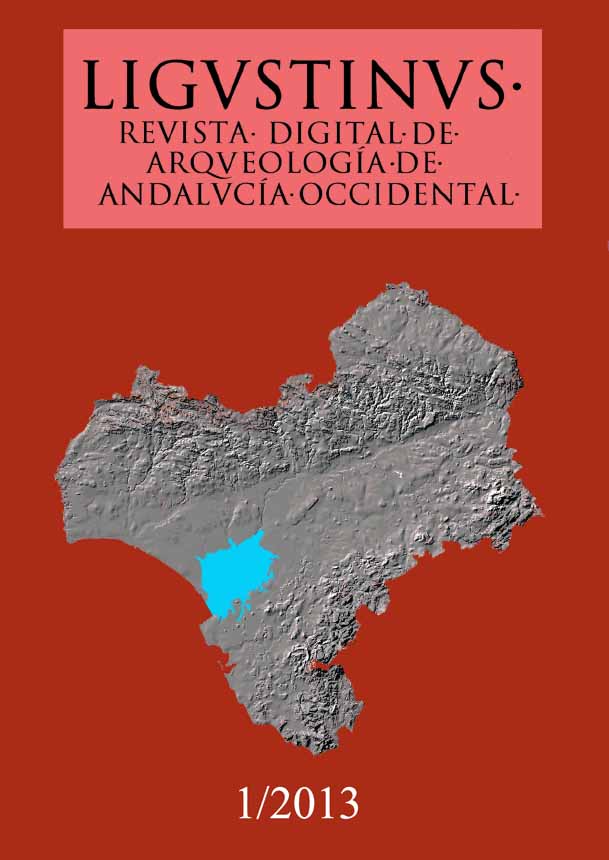ALTOS DE VALDEPARRILLOS (BOLLULLOS DE LAMITACIÓN, SEVILLA). A ROMAN RURAL PROPERTY PLUNDERED DURING LATE ANTIQUITY
AUTORES
Jacobo Vázquez Paz (Arqueo-Pro: Arqueologia y Patrimonio Historico)
Mark A. Hunt Ortiz (Arqueo-Pro: Arqueologia y Patrimonio Historico)
RESUMEN
Se presenta en este trabajo el estudio de contextos cerámicos de la Antigüedad Tardía vinculados al abandono y expolio de estructuras romano-imperiales en el yacimiento de Altos de Valdeparrillos (Bollullos de la Mitación, Sevilla). La ocupación del sitio arqueológico, con edificios asociados al ámbito rural agropecuario entre los que se identifica un horreum, está constatada al menos desde el s. I d. C., según se desprende de las cerámicas halladas durante las excavaciones. Tras el abandono de los edificios se constata, en el s. VI d. C., un intenso proceso de expolio asociado a tenues evidencias de hábitat, que supone el desmonte generalizado de las estructuras edilicias.
ABSTRACT
The study of Late Antiquity ceramic contexts linked to the abandonment and despoil of Roman Imperial structures in the site Altos de Valdeparrillos (Bollullos de la Mitación, Sevilla) is presented. The occupation of the archaeological site, with excavated building remains associated with farming exploitation, including a horreum, is documented at least since the first century AD, as shown by the recovered pottery. After the abandonment of the buildings, in the 6th century AD an intense despoil process was documented, with just faint evidences of occupation, which led to the generalized dismount of the built structures.
PALABRAS CLAVE
Edificios romanos, horreum, antigüedad tardía, procesos de expolio, contextos cerámicos.
Roman buildings, horreum, Late Antiquity, despoil processes, ceramic contexts.

